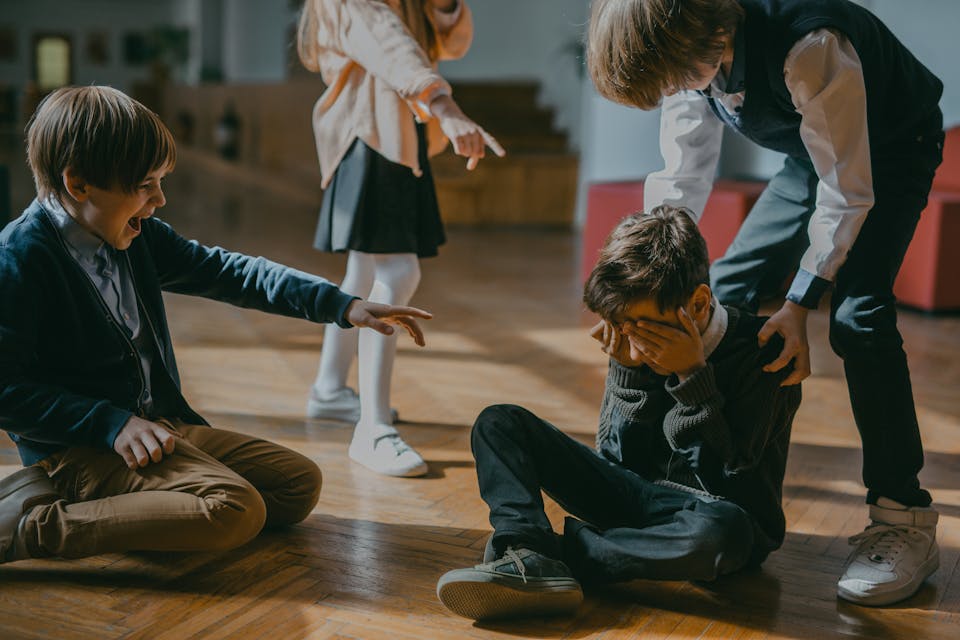Bullying is a rampant childhood issue that can impact a child’s health and development. It’s up to adults to do all they can to identify, stop, and prevent bullying. Knowledge is the key to creating bully-free environments in schools, daycares, homes, and other settings. These 10 facts about bullying will help us understand how bullying operates, its impact, and what can be done to prevent and respond to it.
10 Bullying Facts
1. Around 19.2% of students in grades 6 through 12 experienced bullying during the 2021 to 2022 school year. (Source)
15% of these students said they were bullied by someone more powerful than them, which is part of the definition of bullying.
2. Last year, bullying was most prevalent in Montana. (Source)
A shocking 55% of children in Montana reported being bullied at least once last year, and tragically, 3.6% of Montana children said they were bullied daily.
3. Students who are bullied are more likely to perform poorly in school. (Source)
Bullying can have many adverse effects on children apart from a lowered school performance. They’re more likely to experience isolation, low self-esteem, headaches, sleeping troubles, stomachaches, and mental health issues. Bullying can also have adverse effects on witnesses and bystanders.
4. Bullies will continue their behavior without intervention. (Source)
Most people who bully in childhood are likely to continue bullying as adults without proper intervention. As children grow older, new forms of aggression may emerge as they develop a greater awareness of social issues and behaviors.
5. Students who receive free meals and students with special needs are more at risk of bullying. (Source)
Bullies often target differences in their peers. That means that students with special needs or students from low socio-economic status are more likely to become victims. Race and sexuality often make children targets for bullying, too.
6. Sixth-grade students experience the most bullying. (Source)
Middle school is a challenging time full of changes, which seems to increase the likelihood of bullying.
7. Older teen girls are extra likely to be bullied online. (Source)
Cyberbullying is a widespread problem that puts older teen girls at particular risk. Older teen girls spend a lot of time online and are most likely to be the victims of malicious rumors, gossip, and harassment through social media and texts.
8. There are four major forms of bullying. (Source)
Bullying can take the form of physical acts of aggression, verbal cruelty and harassment, social bullying like exclusion and vicious rumors, and cyberbullying, which is digital harassment and aggression.
9. Bystanders have a lot of power to stop bullying. (Source)
Bystander empowerment can significantly decrease bullying. Studies show that 57% of bullying incidents stop when a peer intervenes, but sadly, peers only intervene 20% of the time.
10. Parents and school staff also play a crucial role in preventing bullying. (Source)
Adults can help children identify and stop bullying through education. They can also identify victims who need help by learning the warning signs and keeping up good communication with all students. Adults are also powerful role models for treating others with kindness and respect.
Featured image photo credit: Mikhail Nilov




